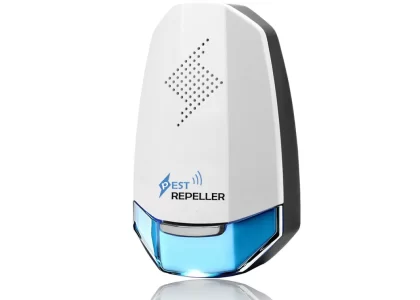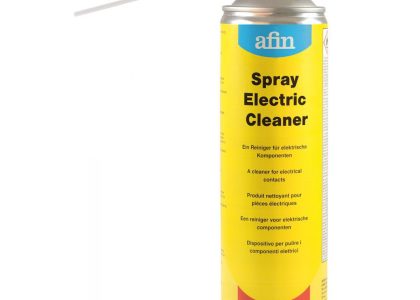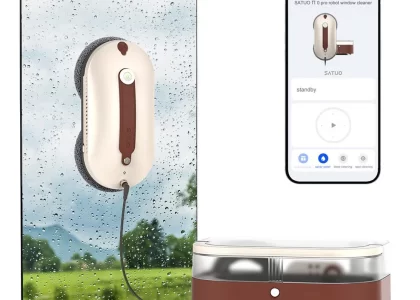 Introduction:
Introduction:
The rubber seal on a washing machine can be a breeding ground for mold and mildew due to the damp and dark environment. Cleaning and removing mold from the rubber seal is essential not only for maintaining the longevity and performance of the machine but also for preventing unpleasant odors and potential health risks. In this comprehensive guide, we will explore various methods and steps to effectively remove mold from the rubber seal on a washing machine. By understanding these techniques, you can keep your washing machine clean and fresh, ensuring optimal laundry results.
 Here are the main types of washing machines:
Here are the main types of washing machines:
Top-Loading Washing Machines:
In top-loading machines, the drum is vertically oriented, and clothes are loaded from the top. They are generally more common and often have a larger capacity compared to front-loading machines. Top-loading washers are easier to load and unload, and they often feature an agitator or impeller to help clean the clothes.
Front-Loading Washing Machines:
Front-loading machines have a horizontal drum, and clothes are loaded through a door at the front. They are designed to be more energy-efficient and provide a more thorough and gentler wash. Front-loading washers typically have higher spin speeds, resulting in better water extraction and reduced drying time. They also tend to have more advanced features and options.
Semi-Automatic Washing Machines:
Semi-automatic machines have separate compartments for washing and spinning/drying and require manual intervention to move the clothes from one section to the other. They are usually top-loading machines and are popular in certain regions where water availability may be limited.
Fully-Automatic Washing Machines:
Fully-automatic machines handle the entire wash cycle, from washing to spinning/drying, without manual intervention. They offer convenience and ease of use, where you only need to load the clothes, set the desired wash cycle, and the machine takes care of the rest. Fully-automatic machines are available in both top-loading and front-loading configurations.
High-Efficiency (HE) Washing Machines:
HE washing machines are designed to be more water and energy-efficient compared to traditional models. These machines typically use advanced wash systems that require less water while still providing effective cleaning. Both top-loading and front-loading HE machines are available.
Compact or Portable Washing Machines:
Compact or portable washing machines are smaller in size and designed for individuals or households with limited space or as a portable solution for travel. They are often top-loading machines, and some models can be connected to a sink for water supply.
 Here are the potential risks associated with mold from the rubber seal on a washing machine:
Here are the potential risks associated with mold from the rubber seal on a washing machine:
Mold growth on the rubber seal of a washing machine can pose several health and hygiene hazards. Here are the potential risks associated with mold from the rubber seal on a washing machine:
Allergic Reactions:
Mold spores can trigger allergic reactions in some individuals. Symptoms may include sneezing, coughing, itching, watery eyes, and respiratory issues. People with existing allergies, asthma, or respiratory conditions may be particularly sensitive to mold exposure.
Respiratory Issues:
Prolonged exposure to mold can lead to respiratory problems, especially in individuals with compromised immune systems or pre-existing respiratory conditions. Mold spores can be inhaled, irritating the airways and causing or exacerbating symptoms like coughing, wheezing, and difficulty breathing.
Infections:
Certain types of mold, such as Aspergillus or Stachybotrys (commonly known as black mold), can produce mycotoxins that can cause infections in susceptible individuals. These infections may manifest as skin rashes, sinus infections, or even systemic infections in severe cases.
Foul Odor:
Mold growth results in a musty, unpleasant odor that can permeate laundry and the surrounding area. This odor can be challenging to remove without addressing the underlying mold issue.
Damage to the Washing Machine:
The presence of mold on the rubber seal can cause degradation of the material over time. This can lead to the deterioration of the seal, potentially resulting in water leaks or other malfunctions in the washing machine.
Cross-Contamination:
If mold is not properly addressed, it can spread to other parts of the washing machine, such as the detergent drawer or interior surfaces. This can result in further mold growth and an increased risk of exposure.
Hygiene Concerns:
Mold growth is generally associated with poor hygiene conditions. It can be an indication of inadequate cleaning or maintenance practices, potentially compromising overall cleanliness.
To address mold growth on the rubber seal of a washing machine, it is important to thoroughly clean and disinfect the affected area. Use a mild detergent and water solution or a mixture of vinegar and water to remove visible mold. Consider using a scrub brush or old toothbrush to reach into crevices or hard-to-reach areas. Proper ventilation and regular cleaning practices can help prevent future mold growth and maintain a hygienic washing machine environment. If the mold problem is extensive or recurring, it is advisable to seek professional assistance or consult with a mold remediation specialist.
Preparing for Mold Removal
Safety Precautions:
Put on gloves and protective eyewear to avoid direct contact with mold and cleaning products.
Work in a well-ventilated area or open windows to allow fresh air flow.
Gathering Supplies:
Gather necessary supplies such as a cleaning agent (mild detergent, bleach, or vinegar), a scrub brush or toothbrush, a cloth or sponge, and a toothpick or cotton swabs.
 Cleaning the Rubber Seal
Cleaning the Rubber Seal
Removing Loose Debris:
Start by removing any loose debris or dirt from the rubber seal with a cloth or sponge.
Wipe the surface gently to avoid pushing dirt or debris further into the seal.
Applying Cleaning Agent:
Choose a cleaning agent suitable for mold removal.
Dilute the cleaning agent according to the manufacturer’s instructions or use a mild detergent or a solution of vinegar and water.
Scrubbing the Moldy Areas:
Dip a scrub brush or toothbrush into the cleaning solution and scrub the moldy areas on the rubber seal.
Use firm but gentle pressure to remove the mold, being careful not to damage the rubber seal.
Removing Stubborn Mold:
For hard-to-reach areas or stubborn mold spots, use a toothpick or cotton swabs soaked in the cleaning solution.
Gently scrub these areas to ensure thorough cleaning.
Preventing Future Mold Growth
Drying the Rubber Seal:
After cleaning, dry the rubber seal to prevent further mold growth.
Wipe the seal with a clean cloth or sponge to remove excess moisture.
Ventilation and Air Circulation:
Provide adequate ventilation in the laundry area by keeping windows or doors open.
Allow the washing machine’s drum and rubber seal to air dry after each use.
Regular Cleaning Routine:
Incorporate a regular cleaning routine to prevent mold growth.
Wipe down the rubber seal and inside the drum with a cloth or sponge at least once a week.
Dry the Drum:
After each use, leave the washing machine door open to allow the drum to dry completely.
This reduces moisture, preventing mold and mildew from forming.
Alternative Natural Mold Removal Methods
Vinegar Solution:
Create a solution using equal parts of white vinegar and water.
Spray or apply the solution directly onto the moldy areas of the rubber seal.
Allow it to sit for a few minutes before scrubbing or wiping the mold away.
Baking Soda Paste:
Make a paste by mixing baking soda with water until it forms a thick consistency.
Spread the paste onto the moldy areas of the rubber seal.
Let it sit for a few hours or overnight before scrubbing or wiping away the mold.
 Conclusion:
Conclusion:
Removing mold from the rubber seal on a washing machine is crucial for maintaining cleanliness, preventing odors, and ensuring optimal performance. By following the steps and techniques in this comprehensive guide, you can effectively remove mold and keep your washing machine’s rubber seal clean and mold-free. Remember to take necessary safety precautions and use suitable cleaning agents. Establish good cleaning habits, ensure proper ventilation, and implement preventive measures to avoid future mold growth. With regular maintenance and careful cleaning, you can extend the lifespan of your washing machine and enjoy clean and fresh laundry results.





